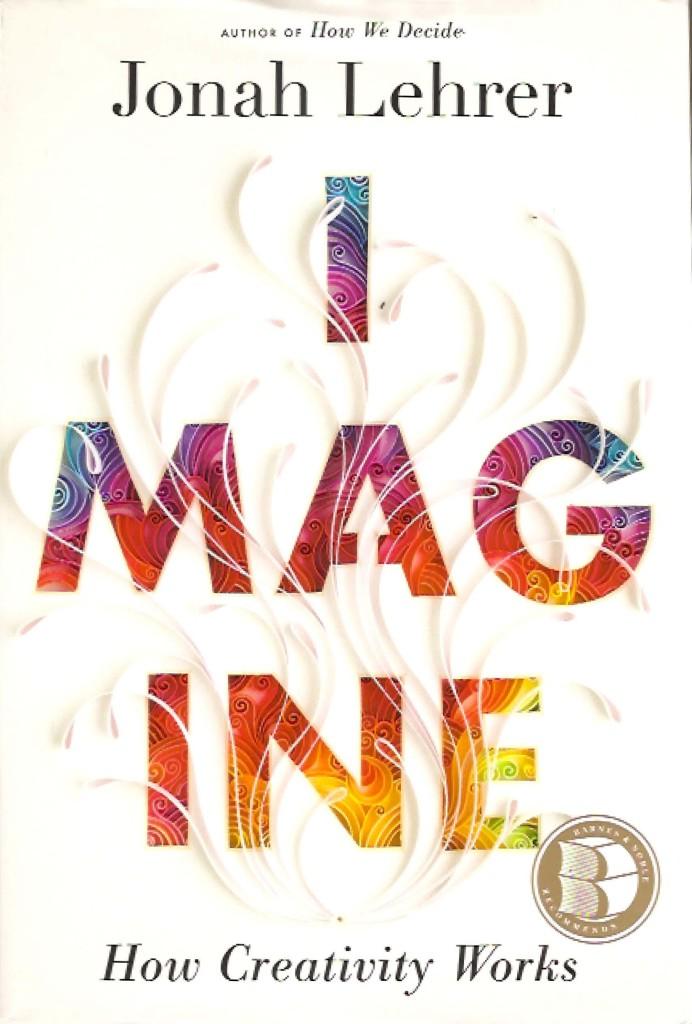It’s a common public misconception that some people are just lucky enough to have creative ideas come effortlessly to them.
Creativity is something like becoming a top chess player or a pianist. It’s a skill cultivated by hard work and persistence.
In his newest book “Imagine: How Creativity Works”, Jonah Lehrer writes that “every creative journey begins with a problem. It starts with a feeling of frustration, the dull ache of not being able to find an answer… We neglect to mention those days we wanted to quit, when we believed our problems were impossible to solve. Because failures contradict the romantic version of events-there is nothing triumphant about a false start- we forget all about them.”
Lehrer’s book explores the biological processes that lead to moments of insight and how creative frustrations are overcome. By interweaving interviews with well known artists and innovators with detailed neurological and social studies, Lehrer produces a dynamic analysis of the fundamentals of creativity.
To explore how creativity works on an individual level, Lehrer tells the story of Bob Dylan’s stoplight career, interviews the inventor of scotch tape and masking tape, investigates the effects of chemical stimulants on the brain, reveals what’s really going on during episodes of day dreaming and summarizes the story of Post-It notes.
However, Lehrer isn’t satisfied by merely investigating how creativity works on a personal level. He goes further in his study to reveal how successfully creative companies such as Apple Inc. and Pixar use spatial distribution and social dynamics in their business structures to encourage innovation and creativity.
The main thread connecting the collection of case studies throughout the book is the crux in each that threatened to prevent the birth of some of society’s most creative designs, inventions and art pieces. In revealing the difficulty in each case, Lehrer successfully dispels the belief that creativity comes easily to “creative types” and in doing so demands a new respect for imagination.
If you can sift through areas where the book is dense with neuroscience and physiology terms, Lehrer’s writing style is straightforward and uncomplicated. Littered with insight puzzles that will challenge and frustrate readers, the book encourages participation and self assessment.
The book is crammed full of references to famous writers, painters, actors, artists, inventors and musicians. It even follows the story of how one insurance agent became the chief mixologists at Momofuku. With a little bit of something for everyone, “Imagine: How Creativity Works” is inspiring and thought provoking.
Don’t be surprised to find yourself wanting to invent or create something halfway through









































































